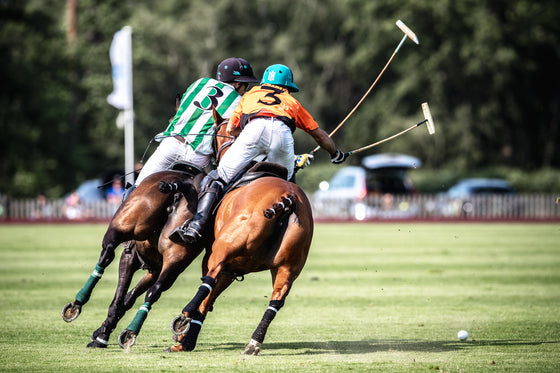Golden Oldies: A Guide to Classic Men’s Hairstyles
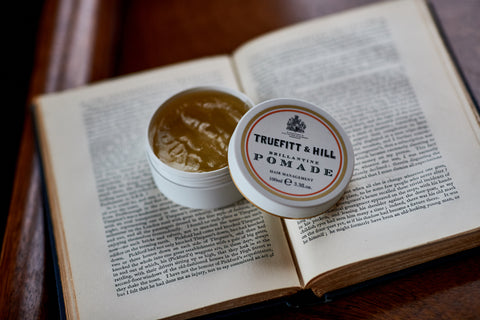
In this guide to classic men’s hairstyles, we explore men’s haircuts and styles from the crew cut to the pompadour helping you decide which fits your hair type.
You’re not just imagining it, the reappearance of classic hairstyles for men is indeed happening, and it's possible that some of them never actually left men's heads.
Hair trends experience the same resurgences that décor, fashion, cocktails, and music do, but like any classic, some seem to have more staying power than others. There are hairstyles, like the mohawk, for example, that can be traced back thousands of years and still resonate with both men and women today.
We can’t say we mind, as a brand born in times past, we’ve always celebrated the legacy of men’s grooming, in all of its forms and iterations as fashion has marched forward. In an exploration of hairstyles past, The Cut takes us on a journey through the last 100 years of men's hair as shown through model and musician Samuel Orson, see a few of our favorites below.
Choosing a Hairstyle for Your Hair Type
While face shape and personal preference are big factors, before you rush to the barbershop and ask a hairstylist to put their scissors to work transforming you into an icon of the past, you should take a moment and consider which of these classic hairstyles would best fit your hair type. We have included the best hair type combinations under each section to help you choose the one that’s right for you.
1910-20s: Slicked Down and Crew Cuts

Slicked Down
The early 20th century favored a sleek, slicked down look and favored a middle or side part, often complemented by a classic handlebar mustache.
The helmet-like appearance of men’s hair produced a few nicknames for the style such as “patent leather” hair or “helmet head.” What might be referred to as hat hair today would have been the ideal look during this era, with only minor changes to style taking place during the period.
Ideal hair types: straight or thin hair
Crew Cut
This classic men’s haircut was named after the hairstyle favored by Ivy League rowing crews. The crew cut was made easier with the invention of the electric clippers in 1921. As a result this style took off, especially in the summer months when the short hair provided a bit of a cooling effect to the head.
Ideal hair types: Any hair type
1930s: High and Tight and Backcombed Hair

High and Tight
In the '30s, facial hair transitioned into the elegant, wispy mustache popularized by Hollywood legend Clark Gable, whom we can also credit with the rise of close cropped sides and back and a longer top, which has become a men's hair mainstay. This "high and tight" cut is the same that men even today are requesting, in essence a military inspired 'do (except generally more flattering than the simpler buzz cut).
Ideal hair types: wavy, thin, or fine hair
Backcombed Hair
The part that was formerly front and center has shifted sideways, giving way to a longer top that is often brushed up and over the head, creating a subtle wave. This is the era in which backcombed hair was born.
Ideal hair types: curly, wavy, or thick hair
1940s: Slicked Back and Fade Haircuts

Slicked Back
The 1940s marked a key turning point for one of the most popular decades of men’s hairstyles, the 1950s. While subtle, the change was key in the movement toward longer hair lengths and added volume —something that became even more apparent in the 60s and beyond.
Of course, while the cuts may have grown in length they still featured quite similar sides and backs. One of the more popular choices was the slicked back hairstyle, changed by gentlemen adding waves with product.
Ideal hair types: wavy, straight, thick, thin, or fine hair
Fade Haircuts
Arguably the most popular men’s haircut of the era was the taper fade. It was very common to have medium length to long hair on top in a side part, slicked down using matte finish pomade, then a low fade or high fade on the sides and back.
Ideal hair types: fine, thin, wavy, or curly hair
1950s: The Pompadour, the Quiff, and the Classic Caesar

Pompadour
While many would later adopt their ways, James Dean and Elvis Presley made the pompadour hairstyle famous, and eventually an era classic. The hair is cut short on the sides and left longer on top. It's then combed forward and flipped up and back in one long wave, creating a voluminous pouf at the front of the hairline, often set in place with a hair dryer and strong hold hairspray. Presley sometimes wore his style with optional thick sideburns.
Ideal hair types: thin, curly, or wavy hair
Quiff
The quiff hairstyle was a low maintenance version of the pompadour that works for short haircuts, skips the blow dry, and necessarily uses less product to achieve.
Ideal hair types: curly, wavy, or thick hair
Caesar
The classic style Caesar haircut, as famously seen in the 1960s movie Spartacus, starts with short sides, a short back, and cut short up top with the bangs combed forward and cut straight. A modern version of this hairstyle is the French Crop, a Classic Caesar combined with an undercut.
Ideal hair types: thin, fine, or straight hair
Men’s Haircuts Then and Now
While subtle changes in hair took place from the turn of the century through to the 1950s, a few commonalities have contributed to their ongoing popularity.
One major shared feature of these styles is that the hair was cut with a short to medium taper haircut (around three inches on average), leaving just enough hair length on the top for combing and styling. The look is almost universally flattering, and quite wearable between professional and leisure life, which could very well be the root of its popularity.
The creation of these styles was complemented by classic hair products — namely pomades and tonic, to achieve the ideal shape and texture of the time. Truefitt & Hill is pleased to offer time tested hair care, and a selection of true-to-era picks for crafting classic looks along with a tutorial on the best way to use them.
However the future changes men's hair, Truefitt & Hill is proud to be part of the tradition of proudly coiffing this generation and those yet to come.

 Bangladesh
Bangladesh
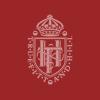 1805
1805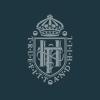 Grafton
Grafton Sandalwood
Sandalwood No.10
No.10 Trafalgar
Trafalgar West Indian Limes
West Indian Limes Ultimate Comfort
Ultimate Comfort Apsley
Apsley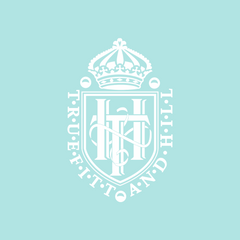 Mayfair
Mayfair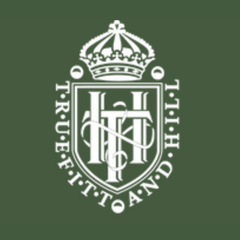 Highgrove
Highgrove Cream and Soap
Cream and Soap Shaving Brushes
Shaving Brushes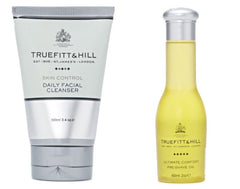 Pre-Shave
Pre-Shave Aftershave Balm
Aftershave Balm Razors
Razors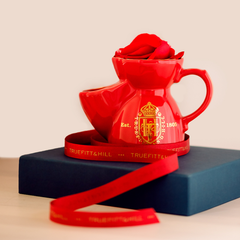 Stands & Mugs
Stands & Mugs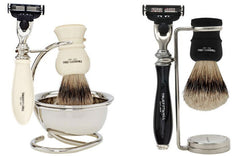 Sets
Sets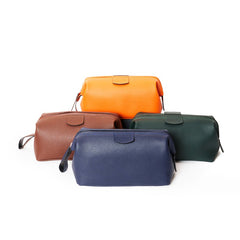 Bags
Bags Shampoo
Shampoo Tonic & Frictions
Tonic & Frictions Styling
Styling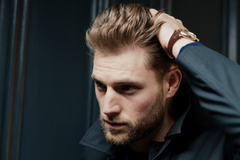 Combs & Brushes
Combs & Brushes Beard
Beard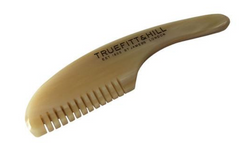 Moustache
Moustache Bath Soap
Bath Soap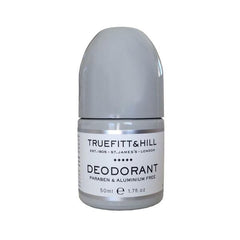 Deodorant
Deodorant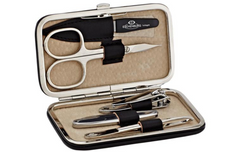 Manicure Sets
Manicure Sets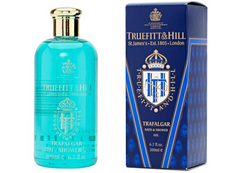 Shower Gel
Shower Gel Scrub & Cleanser
Scrub & Cleanser Skincare
Skincare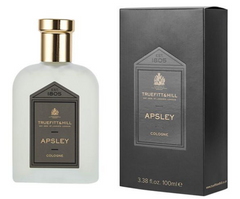 Cologne
Cologne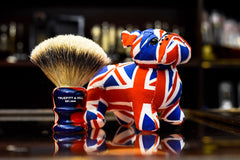 The Jubilee Collection
The Jubilee Collection E-Gift Cards
E-Gift Cards $50 and under
$50 and under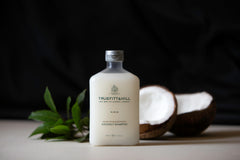 $100 and under
$100 and under $100 and over
$100 and over Gift Sets & Bundles
Gift Sets & Bundles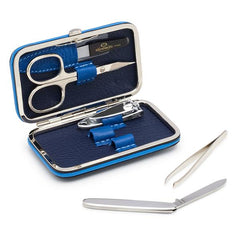 Grooming Accessories
Grooming Accessories Travel
Travel

